10 Fun Reading Activities for Thanksgiving
 Thanksgiving is a great time to think about what we’re grateful for. But it’s also a time to enjoy great food! In that spirit, here are some reading passages that you can use to teach your class some interesting facts about various foods and food-related topics. To more fully engage students and to help them see how reading can make life more interesting, a variety of add-on activities are provided that connect to each of the passages in this post. The activities include goal-setting, real-life application, and creativity exercises.
Thanksgiving is a great time to think about what we’re grateful for. But it’s also a time to enjoy great food! In that spirit, here are some reading passages that you can use to teach your class some interesting facts about various foods and food-related topics. To more fully engage students and to help them see how reading can make life more interesting, a variety of add-on activities are provided that connect to each of the passages in this post. The activities include goal-setting, real-life application, and creativity exercises.
If you are a Reading Horizons Elevate® customer with access to the Reading Library Books or the Reading Horizons Elevate® Software, you can access the passages through those resources.
Because we’re grateful for you as a teacher—for all of your efforts to help your students learn and grow—we’re providing free downloads to three of the passages highlighted in this post!
Below are excerpts from each passage with its corresponding activity—arranged by reading level (the lowest-leveled passage at the top):
 Teeth
Teeth
Our teeth help us eat. We have teeth for biting. We have other teeth for chewing. Our teeth help make our food small. This is so we can swallow it.
Book 1 | Level: 1.0 | Lexile®: 310L | Word Count: 145
Goal setting activity:
Based on what they learn in this passage, have students pick one goal for improving the way they take care of their teeth that they can stick to for one week. At the end of the week, have students write about their experience. If they weren’t able to complete their goal, have them write about why it was difficult to keep the goal.
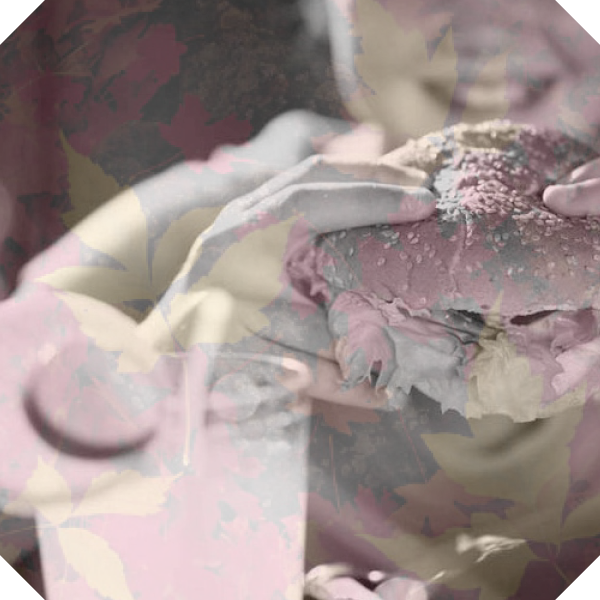 Diet
Diet
Our bodies need protein. They need vitamins and minerals. They also need some kinds of fats. There are, in fact, both good and bad kinds of fats. All of these come from food. A diet should include foods from all of the food groups. The five food groups are: fruits, vegetables, dairy, grains, and meat.
Book 1 | Level: 2.2 | Lexile®: 470L | Word Count: 202
Real-life application activity:
Make a list of various foods, both healthy and unhealthy. Put each food in a hat or container, and have each student draw out a type of food. Have each student research that food in the computer lab and then present a 30-second presentation about its health benefits (or risks) to the class.
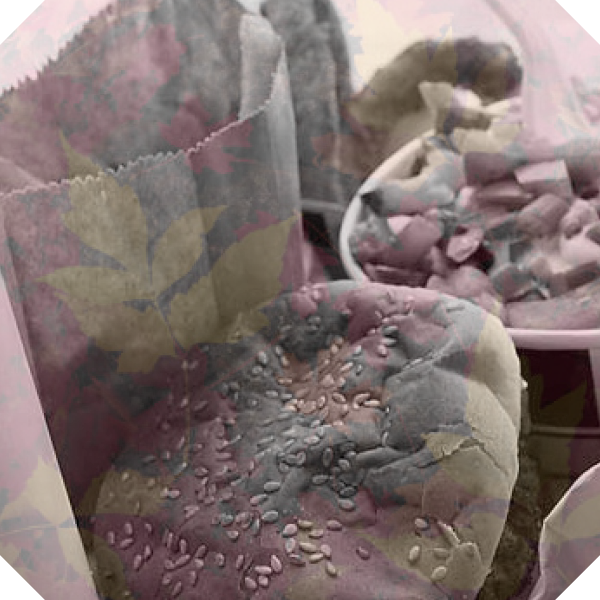 Fast Food
Fast Food
Fast food first appeared many years ago. It dates back to the time of the Roman Empire. One of the earliest kinds of fast food is the sandwich. It was named for the Earl of Sandwich. The Earl was British. He was a busy man. In fact, he was so busy that he did not often stop what he was doing to eat. To save time, he would put meat between two pieces of bread. He would then eat it while he worked. Today, people all over the world eat sandwiches.
Book 1 | Level: 3.4 | Lexile®: 570L | Word Count: 345
Real-life application activity:
Have students pick one of these Ted Talks and write their thoughts on the video.
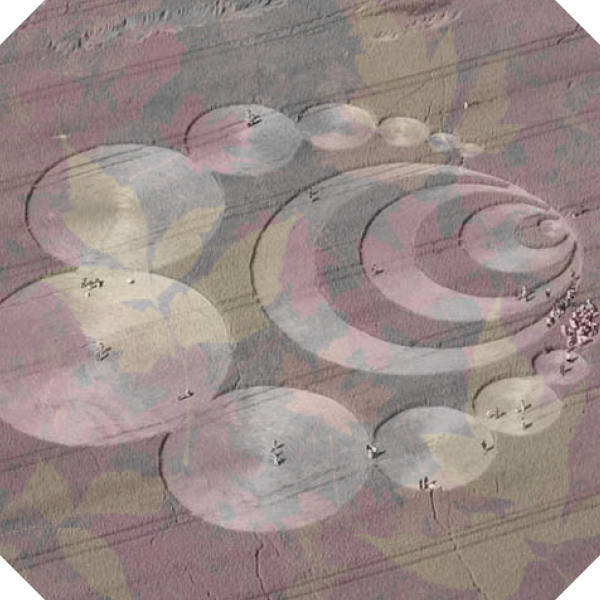 Crop Circles
Crop Circles
Crop circles are large patterns that are cut in fields. They are made when corn, wheat, rice, oat, or other types of crops are cut or flattened. A few of them are even made in snow and ice. Crop circles can be seen best from the sky, such as in a plane or a helicopter. Not all crop circles are formed in the shape of circles or rings. Some of them are cut in other shapes or in groups of lines.
Book 1 | Level: 4.4 | Lexile®: 780L | Word Count: 349
Creativity boost activity:
Have students each design a section of a crop circle—any shape and design they want. Then, have students cut out their sections and combine them all together to make one big crop circle for a wall in your classroom.
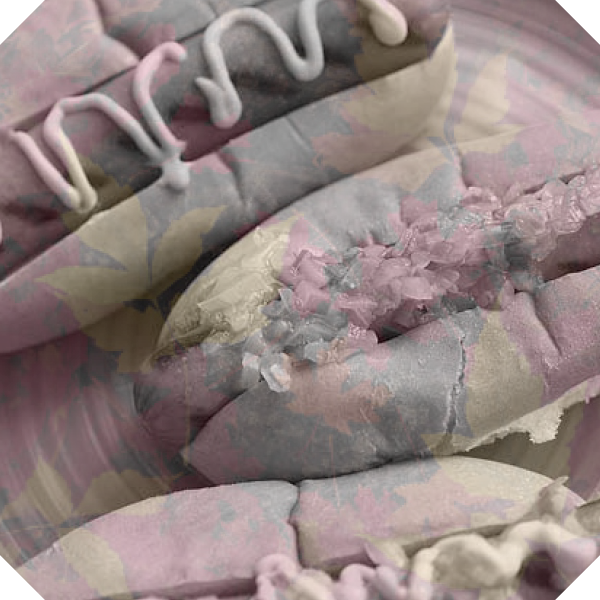 Hot Dog-Eating Contest
Hot Dog-Eating Contest
In the last few years, hot dog-eating contests have become quite popular. Many people consider these contests to be a new kind of sport. The most famous contest is hosted each July 4th by Nathan’s Famous. Nathan’s is a stand that serves hot dogs, French fries, and other food. It is found on Coney Island in New York. Nathan Handwerker opened Nathan’s in 1916. He was an immigrant to the U.S. from Poland. He sold hot dogs from a recipe made by his wife, Ida. They cost just five cents each.
Book 1 | Level: 4.5 | Lexile®: 630L | Word Count: 368
Class activity:
Host your own class-wide pie-eating contest (as time, funds, and school rules allow)! Use the home-ec room to make simple pies from pudding and graham cracker crusts. Students can decide if they want to enter, and a simple prize can go to the winner. Nothing says Thanksgiving like pie!
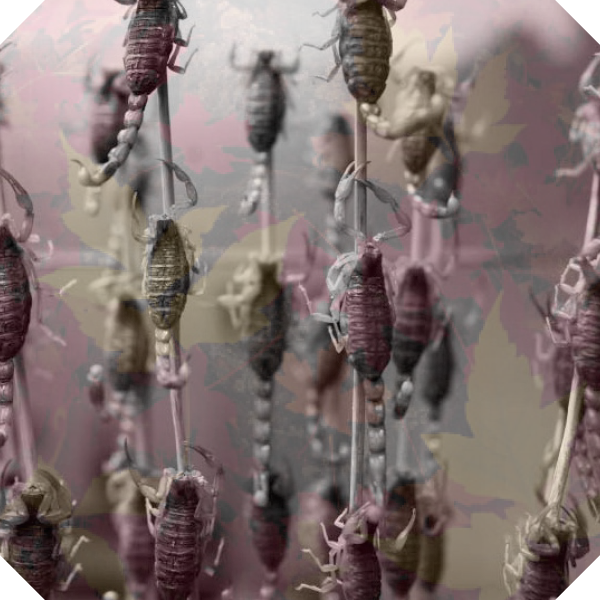 Unusual Foods
Unusual Foods
As you grew up, your mother may have served you vegetables for dinner. “They’re good for you,” she might have said. If you were like most kids, you did not like to eat them. But how does an ice cream cone filled with mashed potatoes sound? Or how about a pickle dipped in fruit punch? They sound strange. But these are real foods. Real people all over the world eat them.
Book 2 | Level: 5.1 | Lexile®: 650L | Word Count: 362
Creativity boost activity:
After reading this passage, have students invent their own unusual food. Then, have students draw pictures of their food or write a creative story about how their food came to be, or, for extra credit, have them make their food at home and write about their experience.
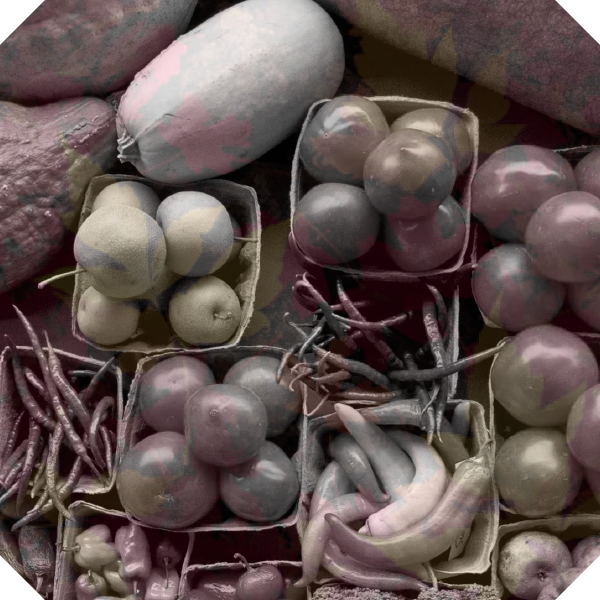 MyPlate
MyPlate
There are so many ideas about what is healthy to eat. It can be very confusing. Nutrition experts agree, though, that our bodies need a wide variety of foods. MyPlate is a tool to help people make good decisions about food. It is a visual guideline from the U.S. Department of Agriculture (USDA). It is meant to help Americans understand what makes up a balanced diet.
MyPlate is a drawing of a place setting for a meal. It shows a plate divided into four parts and a drinking glass. These five areas represent the five food groups. MyPlate also includes suggestions on good health. One of these is, “Make half your plate fruits and vegetables.” Another reads, “Switch to 1% or skim milk.” The guide also recommends control of portion size.
Book 2 | Level: 6.7 | Lexile®: 660L | Word Count: 661
Goal setting activity:
After reading this passage, have students visit the ChooseMyPlate.gov website. Younger students can play games, watch videos, and print activity sheets to learn more about healthy eating. Older students can explore tips for healthy eating, written for both teenage girls and teenage boys. Based on what they learn from exploring the website, have students choose one health goal they want to keep for the next week. Have them write about their experiences.
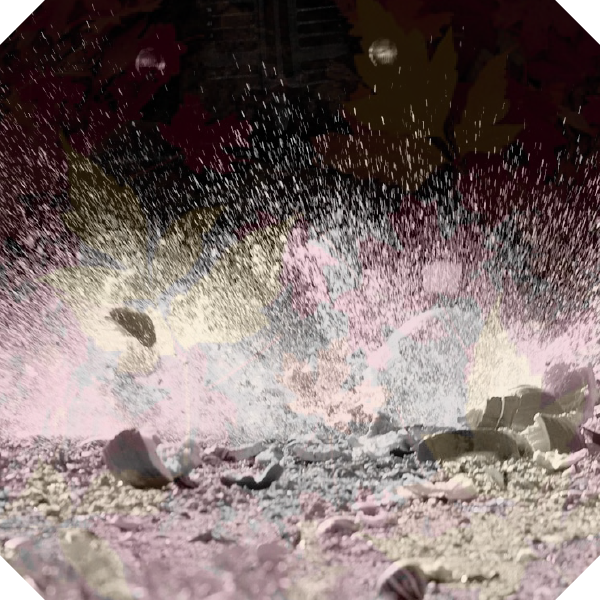 Pumpkin Chunking
Pumpkin Chunking
Pumpkins are a favorite food of many people. Around the world, they are used for many purposes. Each Halloween, millions of them are carved up and turned into jack-o’-lanterns. Most parts of a pumpkin can be eaten. The gourd and the shell can be made into tasty snacks. So can the leaves and even the flowers. Pumpkins may be made into delicious pies. Roasted pumpkin seeds are a nice treat, too. Pumpkins are also a good source of protein and vitamins. In Thailand, they are made into a delicious custard. In parts of Europe, pumpkin seed oil is used for cooking. In other places, it is used as a salad dressing. Some farmers feed chickens raw pumpkin to help them lay healthy eggs.
In the last few years, an all-new use for pumpkins has been devised. It is called pumpkin chunking. Also called “pumpkin chucking,” it is sort of like a sport. The goal is to launch pumpkins high into the air and send them as far away as possible. A pumpkin weighs much more than other things—say, a Frisbee or a baseball—you might throw. That is why mechanical devices are used. But neither electricity nor explosives may aid in the launch. Both slingshots and catapults are used as chunkers, or launchers. Air cannons, which use compressed air, may also be used.
Book 2 | Level: 6.8 | Lexile®: 740L | Word Count: 714
Creativity boost activity:
Have students invent a new use for pumpkins! Have them draw and write about how they would repurpose pumpkins—their ideas can be silly or practical!
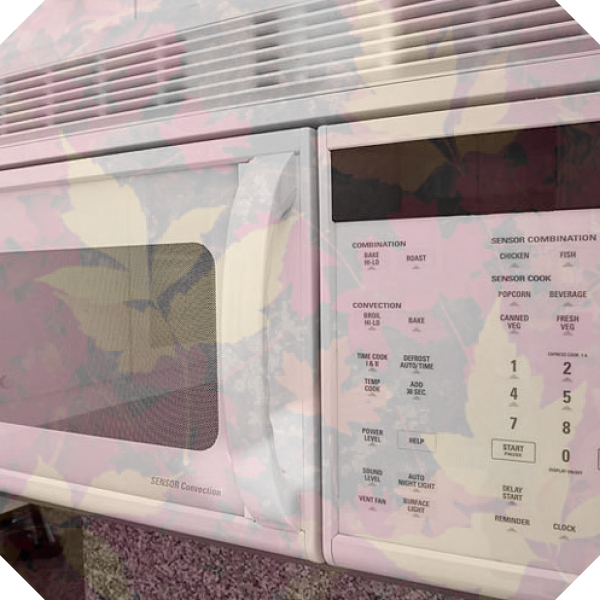 Microwave Ovens
Microwave Ovens
How was your dinner last night? Was there more food than you could eat? If you are like many people, you probably put any extra food in a container and then put that container in the refrigerator. This extra food is called leftovers. Many people eat these leftovers for lunch the next day. In order to make their leftovers hot, they use a microwave.
In fact, most people use microwave ovens at least once each day. We can make popcorn, heat up water, and do many other things with these wonderful machines. These ovens, often called just microwaves, are convenient because they are small and they heat food quickly and evenly. It might seem like magic that something that would take hours to cook in a normal oven can be done within minutes in a microwave. But this is not magic! This is just great science that we use every day.
Book 3 | Level: 8.3 | Lexile®: 900L | Word Count: 648
Real-life application activity:
Have students try to go one day without using a microwave and then write about their experience.
 Hiccups
Hiccups
There are myriad theories about the causes of hiccups. One common idea is that hiccups can be triggered by having a very full stomach—eating too much too quickly, drinking too much alcohol, or swallowing a large amount of air. It is also thought that hiccups may be caused by a sudden change in the temperature of the stomach, such as taking a cold drink while eating a hot meal. Smoking, stress, and excitement have also been blamed for hiccups. In addition, some individuals will hiccup after having a carbonated beverage. However, most experts will say that the true cause of hiccups is still a mystery.
Book 4 | Level: 12.3 | Lexile®: 1210L | Word Count: 917
Creativity boost activity:
Have students write their own theories as to what causes hiccups.
Not a Reading Horizons customer? Learn more about the Reading Horizons Elevate® reading intervention program.
1 Comment

Linda Eversole said
Wow guys! What a tremendous idea. This is a great boon to teachers, I'm sure, and you've done such a good job organizing and presenting the material. I'm so proud of the great work you are doing!